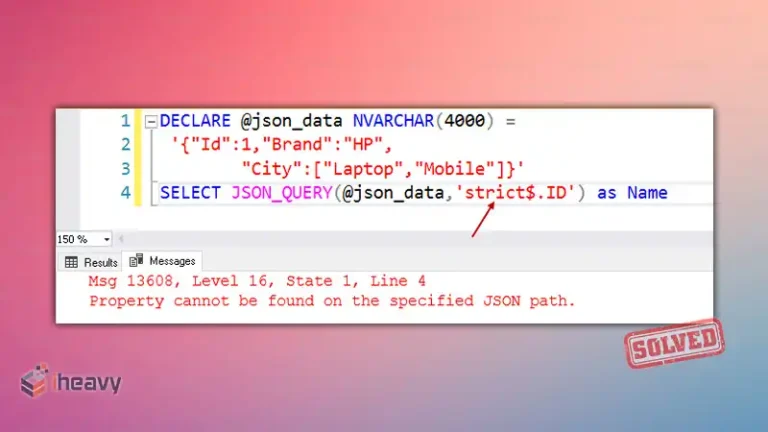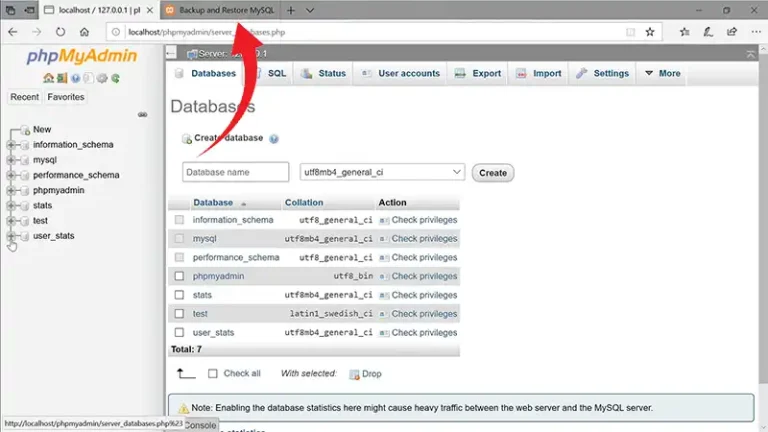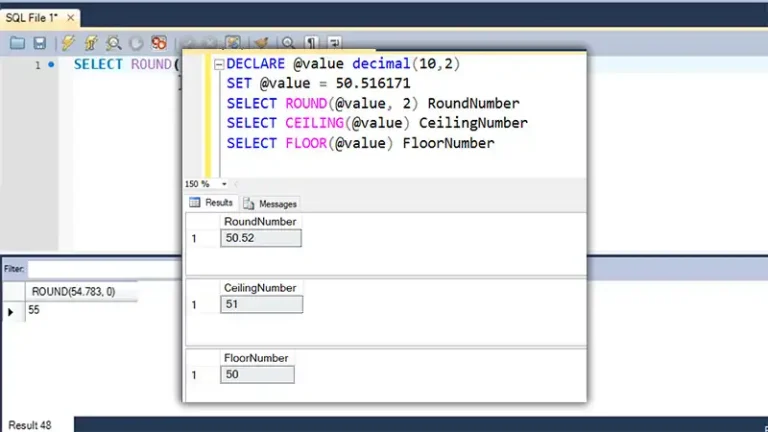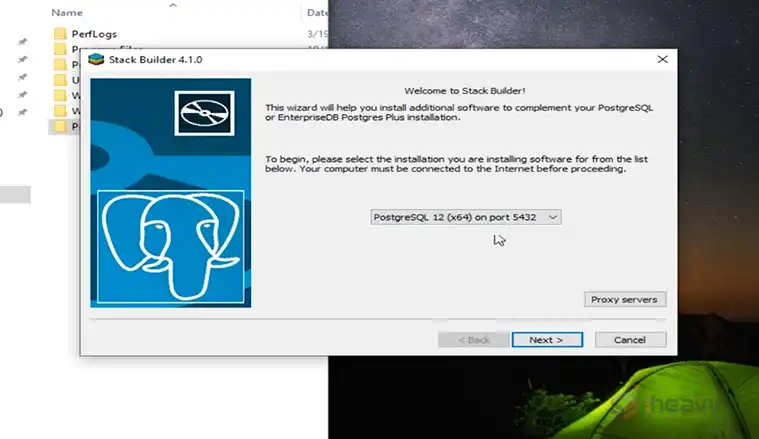DB2 SQL Error SQLCODE=-803: Integrity Constraint Violation
DB2, a popular relational database management system, provides robust features for data integrity. But, there are instances where you may encounter an SQL error with the SQLCODE=-803.
This error typically indicates an integrity constraint violation, where a value being inserted or updated violates a constraint defined on the table. In this article, we will explore the causes, implications, and resolution of the DB2 SQL error SQLCODE=-803.
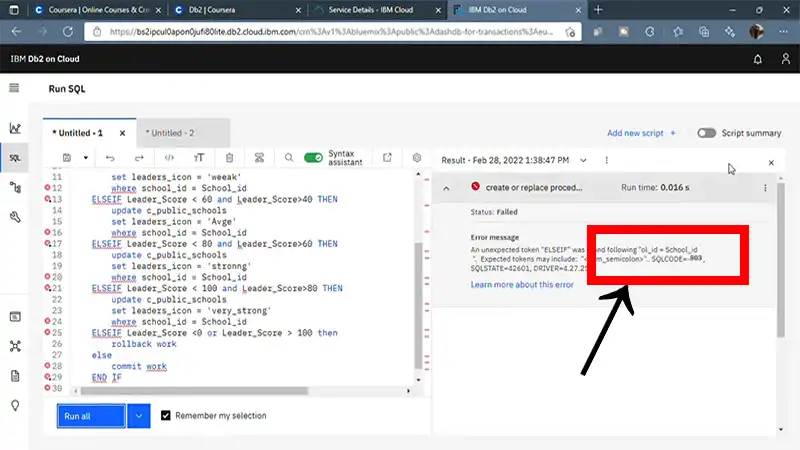
Causes of the SQLCODE=-803 Error
The SQLCODE=-803 error occurs when an SQL statement attempts to insert or update a row in a table, but the operation violates a defined integrity constraint. These constraints can include primary key, unique key, foreign key, or check constraints.
The error message provides additional information to identify the specific constraint that has been violated. Here are some possible cause of this error is given below.
- Duplicate Values: One common cause of the SQLCODE=-803 error is when an insert operation attempts to add a row with a value that already exists in a column with a primary key or unique key constraint.
- Foreign Key Violation: Another cause is when an insert or update operation violates a foreign key constraint, which ensures referential integrity between related tables.
- Check Constraint Violation: The SQLCODE=-803 error can also occur when a check constraint is violated, such as when an inserted or updated value does not meet the specified conditions.
- Hash overflow indexes: For tables with hash organization, if two rows map to the same hash key despite distinct data, a SCODE -803 error might occur.
Implications of SQLCODE=-803
When SQLCODE=-803 is encountered, the database engine rolls back the current transaction, preventing any changes from being committed. This ensures data integrity but can lead to disruptions in application functionality. It is essential to address and resolve this error promptly to maintain the stability and reliability of the database.
Solving the SCODE -803 puzzle
The solution depends on the root cause:
- Unique index violation: Check your data for duplicates before insertion or update. Alternatively, modify the insert/update statement to avoid violating the unique constraint.
- Primary key violation: Revise your data to ensure unique primary key values. Consider altering the existing key definition if necessary.
- Identity column conflict: Review your application logic that generates identity values. Consider implementing explicit value generation in case of potential conflicts.
- Hash overflow indexes: Investigate the data distribution and adjust the hashing algorithm or modify the table organization, if feasible.
We need to always analyze the error message for specific details and review our data and SQL statements for potential duplicates.
Frequently Asked Questions
How can I identify the specific column causing the SQLCODE=-803 error?
To identify the column causing the error, you can refer to the error message or the database logs. The error message usually provides information about the table and the violated constraint. By examining the table’s unique constraints, you can determine the specific column involved.
Is it possible to handle SQLCODE=-803 without rolling back the entire transaction?
In general, when SQLCODE=-803 occurs, the database engine automatically rolls back the current transaction to maintain data integrity. However, you can implement savepoints within your transaction to isolate the problematic operation and continue with the rest of the transaction.
How can I prevent SQLCODE=-803 errors caused by concurrent transactions?
To prevent concurrent transactions from causing SQLCODE=-803, you can use locking mechanisms such as row-level or table-level locks. These locks ensure that only one transaction can modify a particular record at a time, avoiding conflicts and violations of unique constraints.
To Conclude
DB2 SQL Error SQLCODE=-803 is a common issue faced by developers when working with DB2 databases. By understanding the causes and implications of this error, developers can take proactive measures to prevent and resolve it. By implementing proper data validation, error handling mechanisms, and database features, developers can maintain the integrity of their data and ensure smooth application functionality.

